Pedra do Sal | Visible Memories
At first, I chose to act on the port zone of Rio de Janeiro due to its history. 10 years ago, the port zone was not very visited or well known by most of the city’s inhabitants, despite its historical importance. The area was once the biggest slave port of the Americas and also one of the birth places of Brazilian Samba and modern Carnival. After the reforms for the 2016 Olympic Games started, the port zone became a symbol of Rio de Janeiro's transformation and its continued denial of the past.
I started to paint in the region in 2010, as part of my undergraduate research scholarship. Back then I produced imaginary figures of people from other times, in a life-like scale, as if there had been a mix between the everyday life of the past with the present one.
Working in the port zone of Rio ended up being the strongest formative experience I had in the arts field. It made me understand the importance of art and activism. I continued to make projects in the area, I had a studio there for more than 2 years with the community leader Maurício Hora, and got involved with the Quilombo of Pedra do Sal projects.
The last project I've organized in the region was the Sankofa Project, during the Olympic Games of 2016.
Paintings from 2010

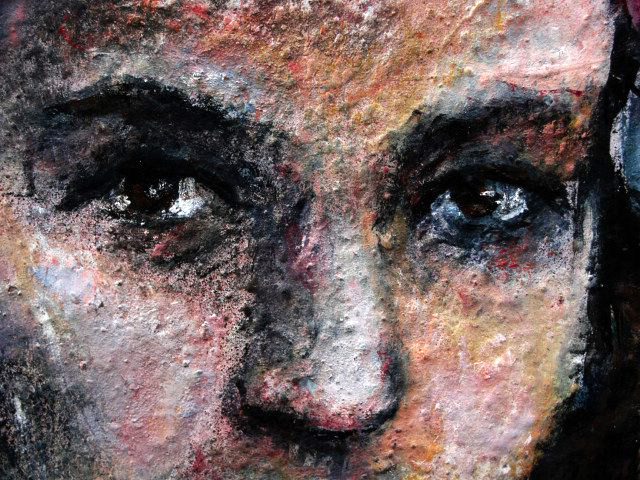













Some photos made at 2011


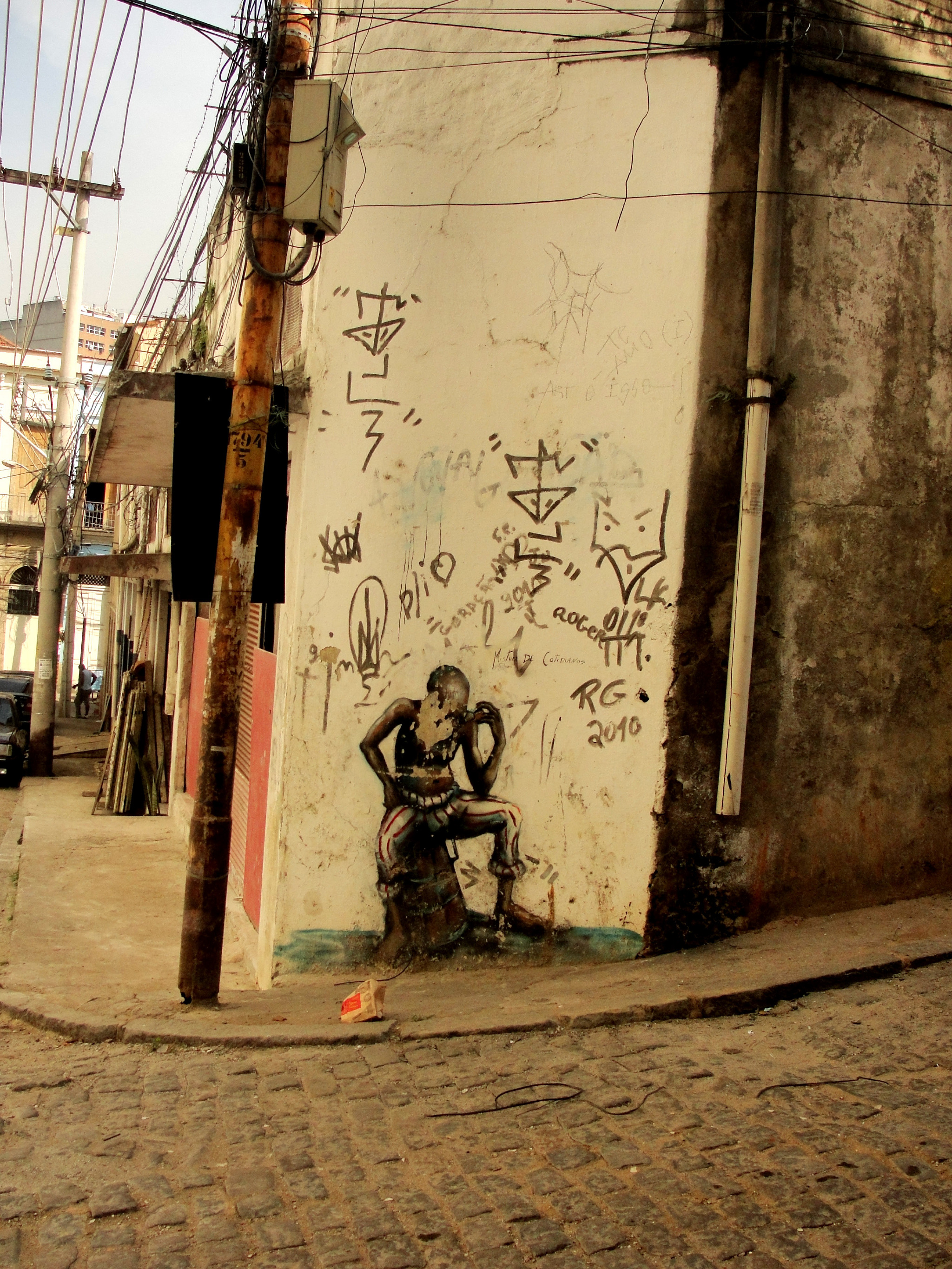

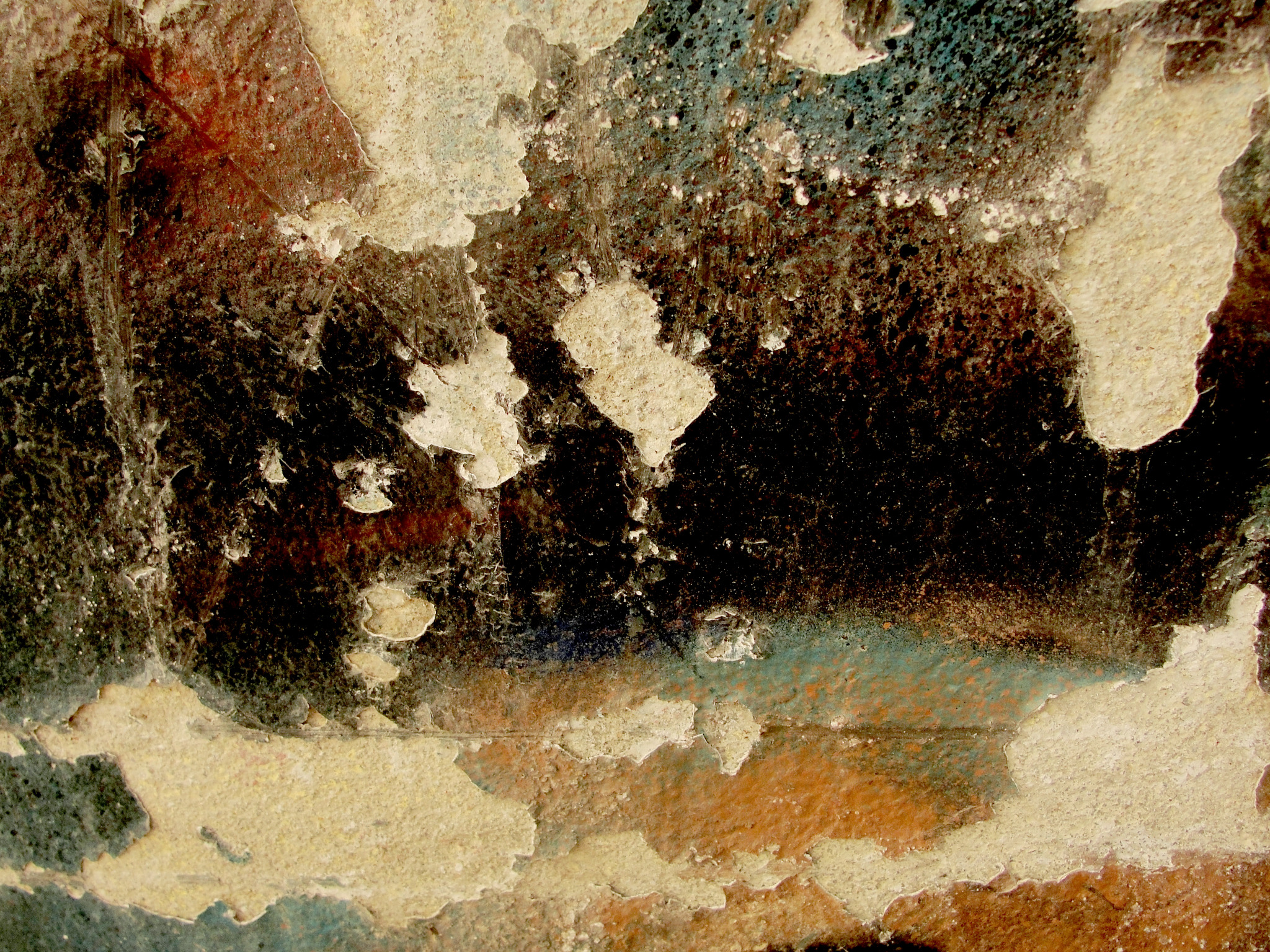
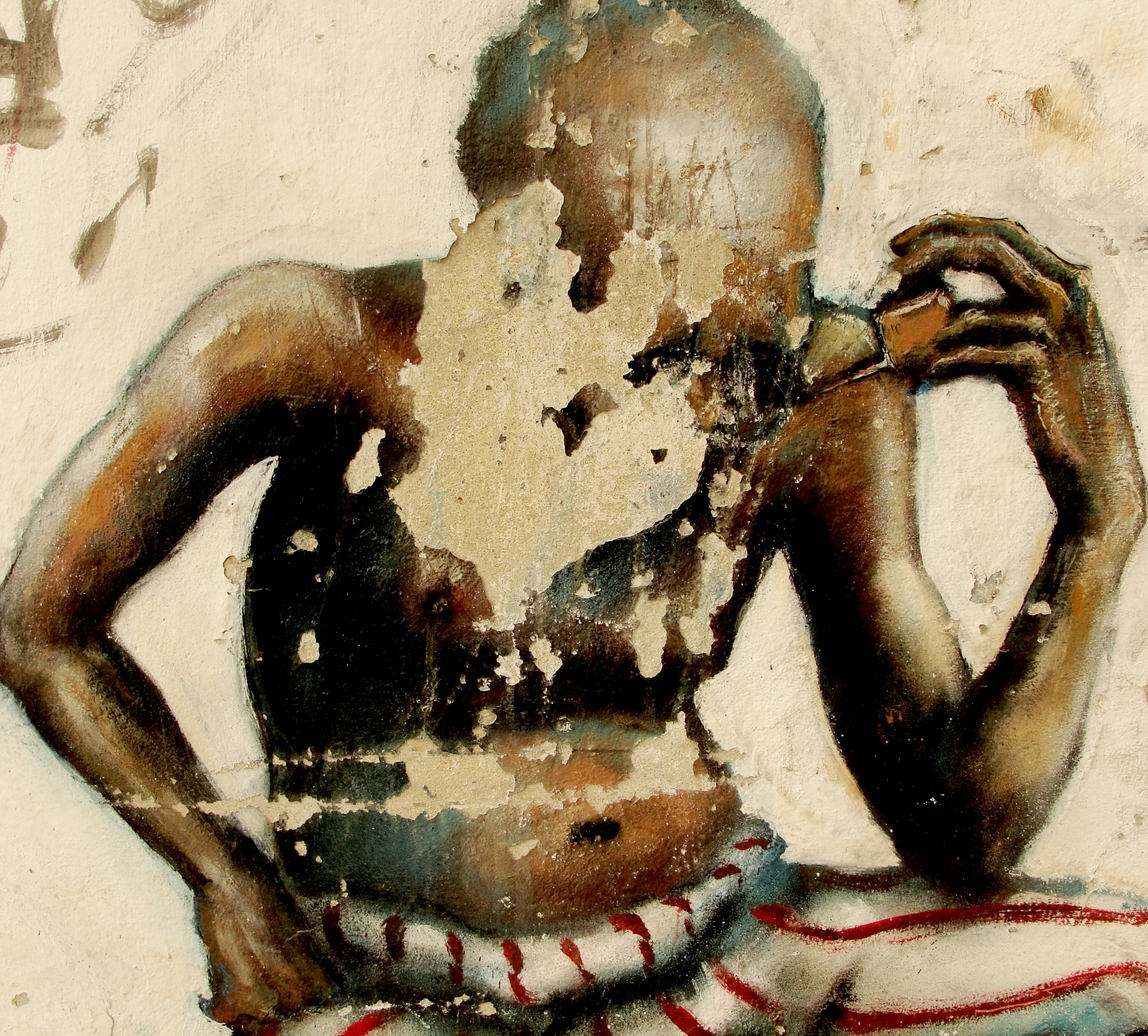
An image from 2012, showing the backgroung from Pedra do Sal, painted by me and Injusticia (Chile)
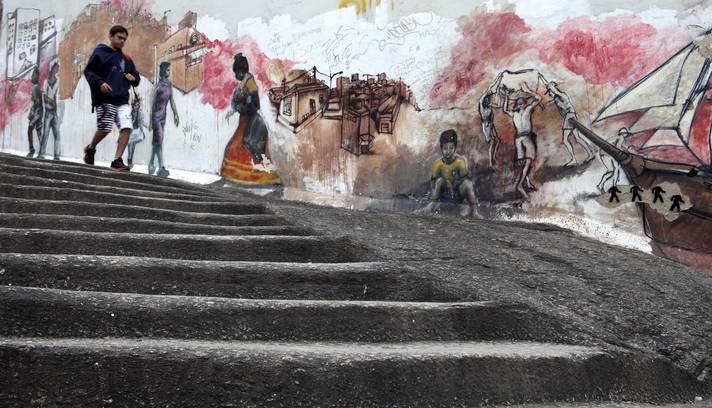
2014
As a development of my first painting project (which I called "Visible Memories"), in 2014 I worked with local black activists called Quilombolas (descendents from enslaved people who have kepts their traditions and housing since before the abolition). In collaboration with other artists, who were raised in the Port Zone, such as Felipe Carvalho, Diego Deus and Douglas Oliveiras, we've painted a huge slave ship. One that carried a message of strength.
The painting started to represent the presence of the quilombolas in the region and has since been used for several news articles, music videos and even historical tours advertisement.
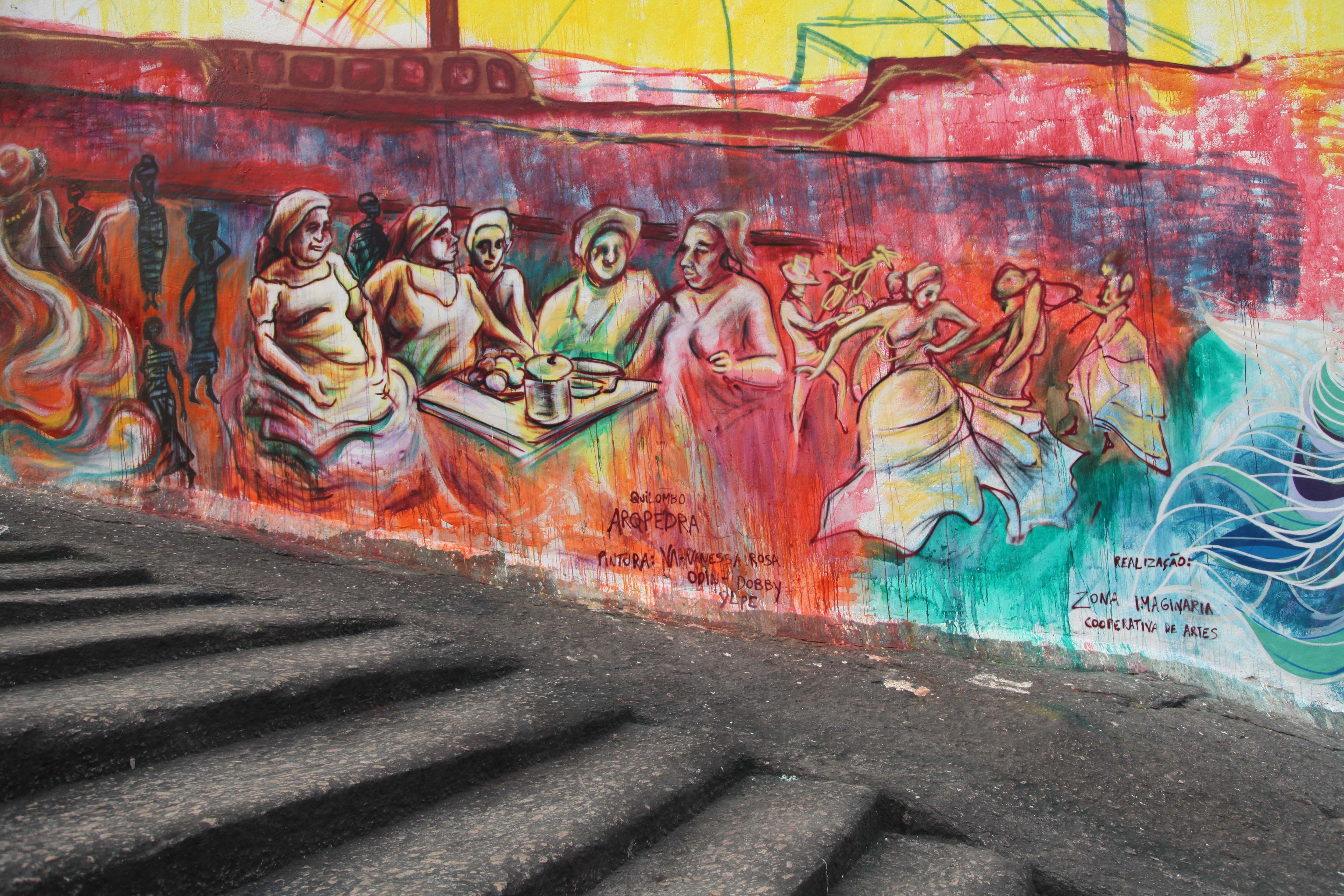


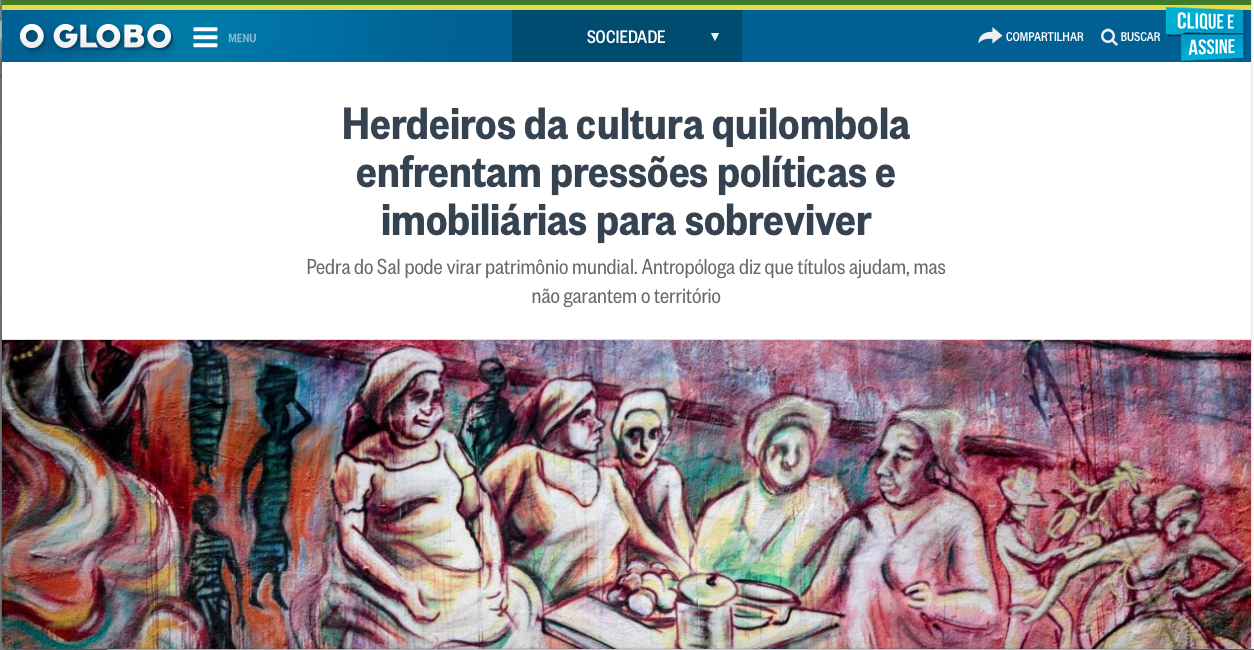
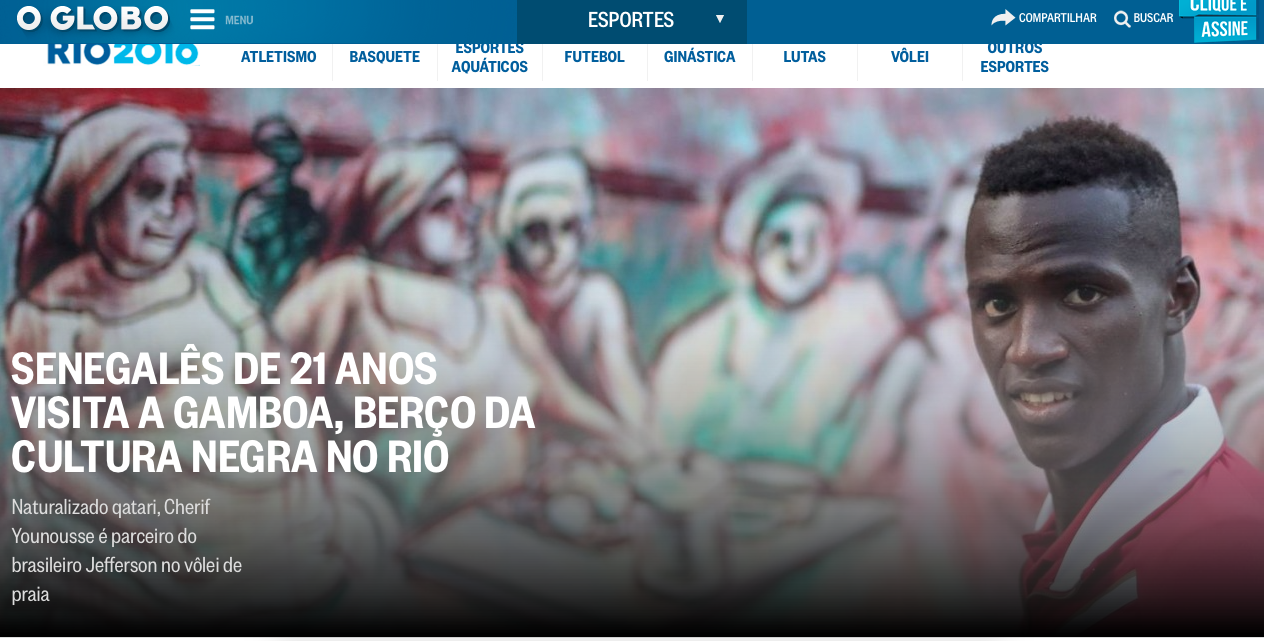


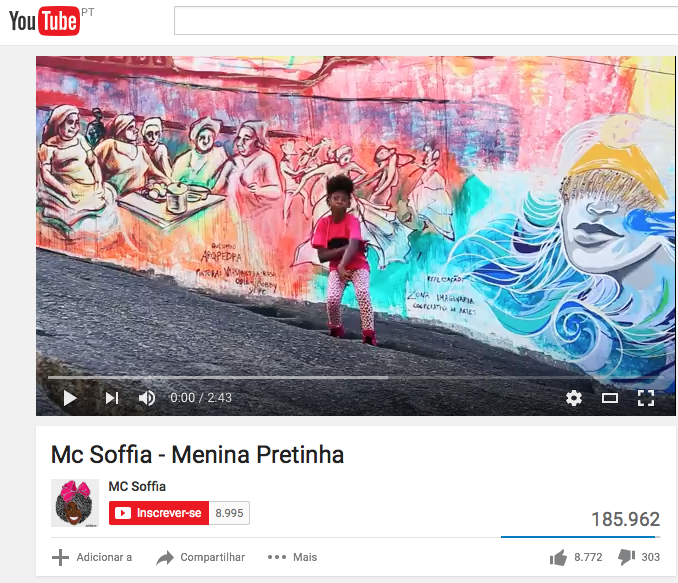
The Sankofa Project
In 2016 I was invited by the president of the Quilombolo, Damião Braga, to make a painting in the area during the Sumer Olympic Games of 2016.
Challenge accepted, I coordinated the project with the artist Felipe Carvalho. We collaborated with the architect Veronica Natividade, who brought her university students to help us by making parametric generated stencils of african patterns. This work was based in our research over traditional Yoruba (West Africa etnic group) religious paintings and involved a crowdfunding campaign, several local artists and institutions.
We were inspired by professor Ron Eglash's work on African Fractals and Ethnomathematics. Such reference was key for the description of traditional patterns into parametric codes, using Grasshopper. We also had the pleasure to rely on professor Bolaji Campbell personal advice on Yoruba traditional painting.
Who participated in the project:
Damião Braga - Quilombo leader Vanessa Rosa e Felipe Carvalho - coordinators and researchers Verônica Natividade - Architect, designer and PUC Professor Joyce Oliveira, Pedro Carneiro, Diego Deus, Thiago Haule, Vitor Vanes - artists Camila Rodriguez, Eduardo Romano, Marcos Chaves, Rafael Magioli - Architecture Students Monica Combatente - Producer Pajé Produções - Filmmakers & Docummentation
Zona Imaginária - Production Support
Videos about the project
The outcome

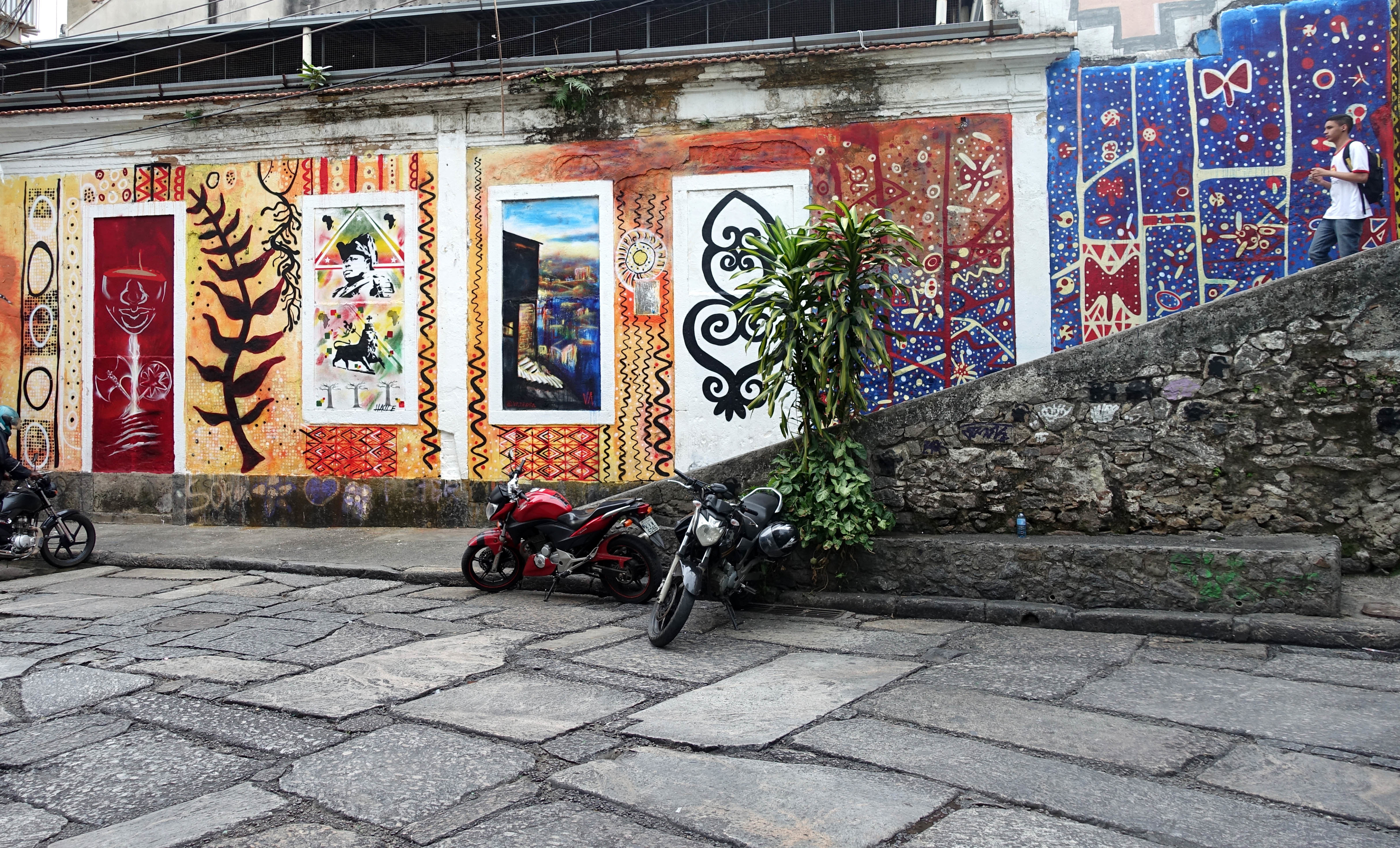
Photos from the Stencil making process


︎